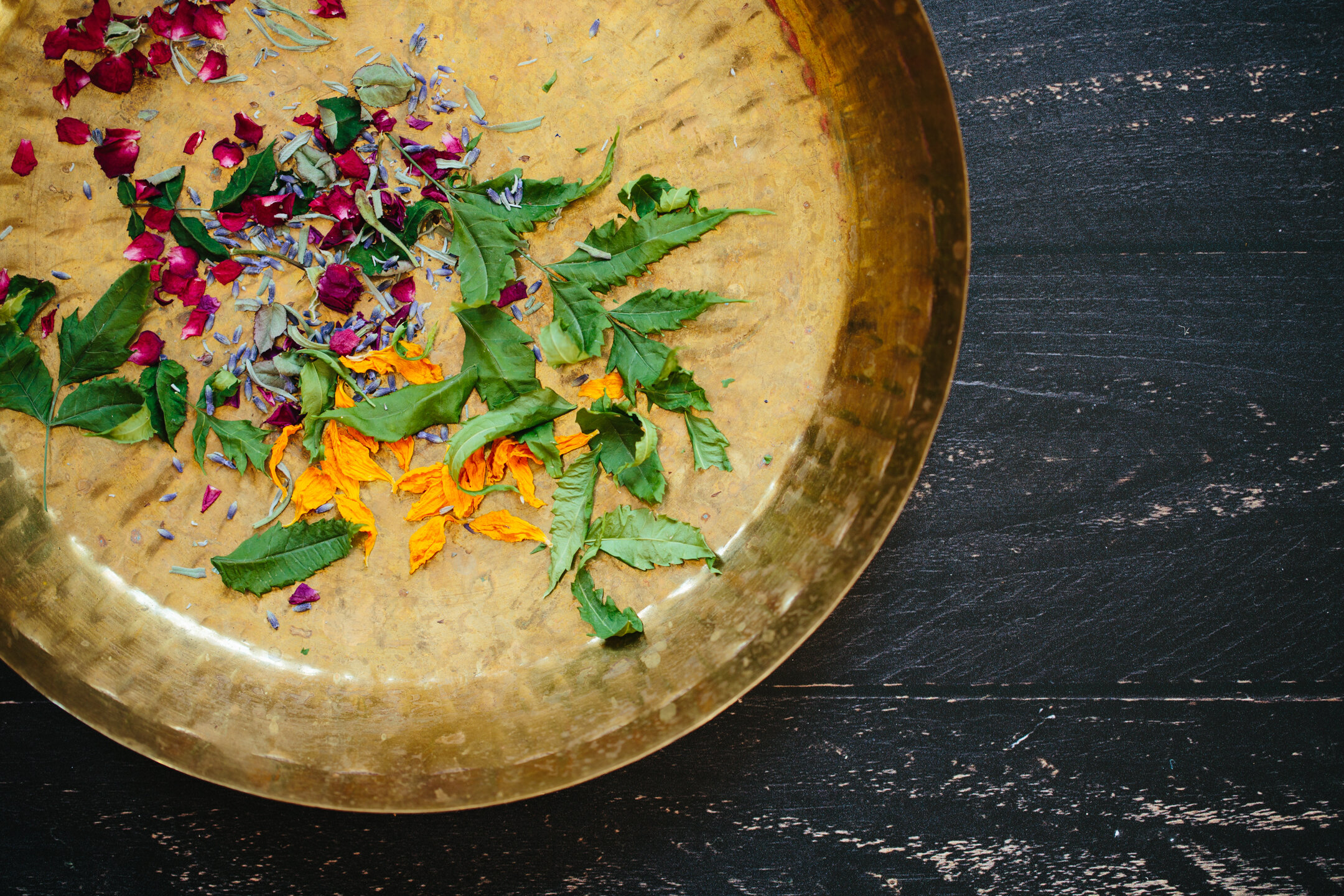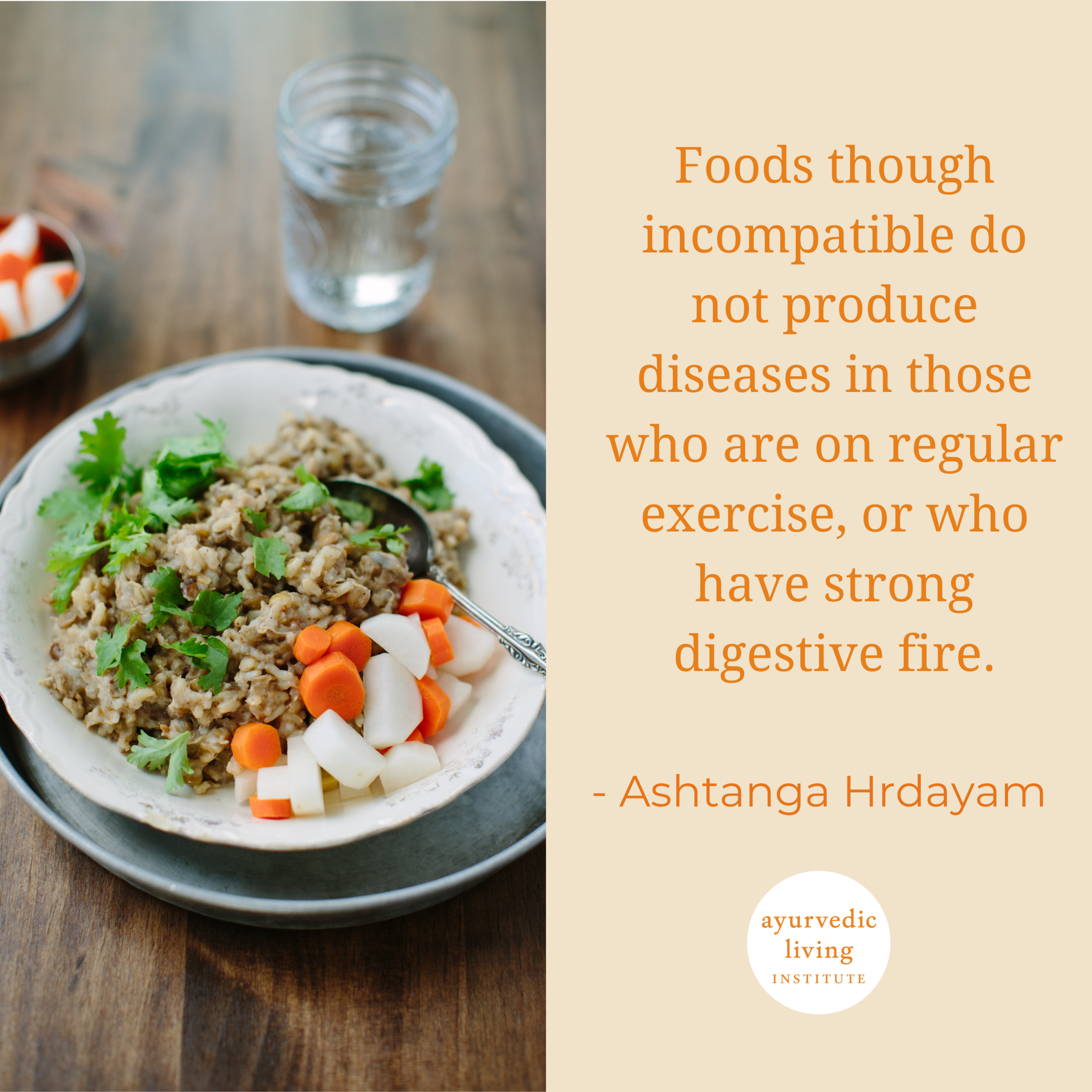
THE SEASONAL BLOG
The Seasonal blog is a collection of articles and musings from Ayurvedic Practitioner, Kate O’Donnell.
Here you’ll find a sanctuary of Ayurvedic recipes, lifestyle insights, and self-care rituals designed to nurture your entire being.
Happy reading!
I spent a few long trips in India in my early twenties traveling around
I spent a few long trips in India in my early twenties traveling around, pretty aimlessly, but quite sure that I wasn’t going to buy into the cultural norms in my own country and get a job, get married, buy a house, have kids. Of course, I didn’t have any life experience to give me a context for finding what I did want. I was lost.
Know the feeling??? I’d love to see your story in the comments below.
In the preservation of health, Ayurveda takes into account not only the time of day and time of year, but also the time of life a person is in. Learning this concept in my late 20s revolutionized the way I thought about my life.
Certain aspects, qualities, and even doshas are prevalent at different life stages. The Vedic view of life clearly describes four stages of evolution, which dovetail with the four components of life: physical, mental, senses, and soul.
I find this life-flow invaluable in understanding the bigger picture of the arc of a lifetime and not getting stuck in the small stuff, or fostering imbalances unawares.
Bananas - eat them alone or with other sweet fruits such as dates. And better not with food.
Because bananas are at the same time cool, heavy, dense, sweet, and slimy they have very similar qualities to Kapha! The banana is notoriously slow to digest- which is why people with strong appetites and athletes gravitate towards them as a balancing food.
The banana is part of why THE SMOOTHIE gets such a bad rep in modern Ayurveda. Learn to make your drinks without bananas, and your stomach will thank you. I had to undergo this transition many years ago, and I don’t even miss them in my occasional smoothies now. I certainly don’t miss the banana burps. Use chia seeds to make it thick instead! You’re welcome.
Try having the banana when you are very hungry, by itself. Then an hour or two later, have a meal.
Food combining is such a popular topic, and one that I’ve noticed causes a lot of anxiety.
Let’s remember this: stress and anxiety about what we are eating can be THE MOST important causative factor for sub-par digestion.
This pithy sloka from the classic texts tell us hey, its ok! Get some daily movement and preserve the agni. Then, mixing up some weird stuff in the belly ain’t no big thang.
Stay tuned as I’ll be posting about food combining for a bit...
Who’s baking??
This is one of the most often shared baking recipes from my books
Don’t forget about these carrot ginger muffins from Everyday Ayurveda Cooking for a Clam, Clear Mind. Wheat flour-free and veggie packed. Kids like them too.
INSTANTPOT RECIPE ALERT!
This Red Pumpkin Dal recipe flow is adapted from #everydayayurvedacookbook for the instantpot. It’s a favorite of mine and so easy when you put it in the pot in the AM, then eat when you have the lunch break. Enjoy!
Red Pumpkin Dal
Ingredients:
1 cup red lentil or split mung beans
3 cups water
1 can coconut milk
2-3 cups cubed winter squash (any and all!).
1-2 tbsp seasonal spice mix (see my cookbooks for more!)
Direction:
1. Pressure cook for 5 minutes.
2. Hand-blend if you want it real smooth.
3. Serve with a sprinkle of toasted coconut.
Have you adapted any of my recipes for your IP? Please share so everyone can benefit!
Yay for Ayurveda!
My tendency has always been cold turkey but I have to say as the years go by, it’s the ones that came slow and careful that are still with me. For example, my digestion continues to improve in tiny increments every year. The first five years after parasitic infections were serious. Now I enjoy a sense that things are on a general upward trajectory, with wise choices.
Yay for Ayurveda.
Its dal season!
Well, it's kind of always dal season, but I'm reaching for it lately. Whether its red lentil or split yellow mung bean, a dal soup with some veggies and digestive spices is so easy to fix up, and so satisfying with rice or a tortilla of sorts, its hard to go wrong.
Find all sorts of dal soups in my books- one of my favorites is the Carrot and Dal Soup from #calmclearmind. Don’t forget the dal!
Don’t forget the BITTER TASTE.
Bitter taste belies a combination of the lighter elements air and ether. These elements bring light and dry qualities, which in small amounts is good to balance the heavy qualities of the winter foods we crave in cold climates.
If you are beginning to feel sluggish digestion or mind coming around as February gets going, try increasing your greens.
Anything green is going have some bitter, like parsley, brussel sprouts, kale, and broccoli. I like to garnish with fresh parsley as a rule in late winter and early spring. It brings a lift to any meal in two seconds!
YOGA AND EXERCISE
One more thing in this emerging exercise series...what about Yoga?
Don’t be fooled- it's not exercise. Yoga is, according to Patanjali for one, clearly a system dedicated to the field of the mind. The activity is meant to quiet mental and energetic fluctuations.
Physiologically, yoga also does amazing things for building prana, dilating channels, and balancing agni for sure. Health is a necessary pre-req for evolution of consciousness. And there's nothing wrong with desiring a healthy bod.
How do we balance and utilize the many gifts from yoga? A key here may be in the stages of life and how our focus naturally undergoes changes as we age. I’m super excited to be breaking into the topic of the Four Ashramas, or stages of life, in a Live Online Workshop soon. This topic is dear to my heart and has many amazing insights.
What happens with too little exercise?
A lack of physical activity can cause its own problems. An overload of unremoved wastes, clogged channels, or dense and slow qualities can begin to shroud the body and soon the mind as well. This is most likely in those with earth and water constitutions who can happily remove some moisture (mucous) by sweating and are likely to sweat more profusely once they get going. Exercise is the #1 management for Kapha types, in my experience. Coupled with a lighter diet, these folks enjoy the strongest of body types that withstands all sorts of stressors.
The season is an important factor, because hot weather makes the body tired, where cold weather makes the body stronger, but also harder and slower. Exercise is more important for warmth and circulation in winter and spring. Funny thing is, living in a cold place, I notice how many people stop exercising in winter, then dust off the sneakers and get back outside in warm weather. Managing a long winter, exercise is key, and will make the heavy, damp spring season much lighter.
The right amount of exercise should feel refreshing, not tiring. The ideal of “fitness” in Ayurveda probably looks like a LOT less movement than you think.









